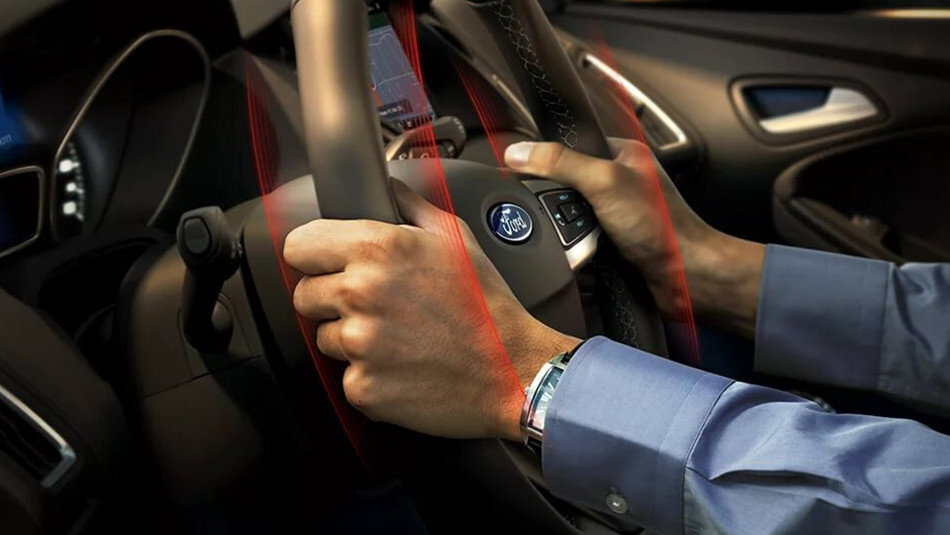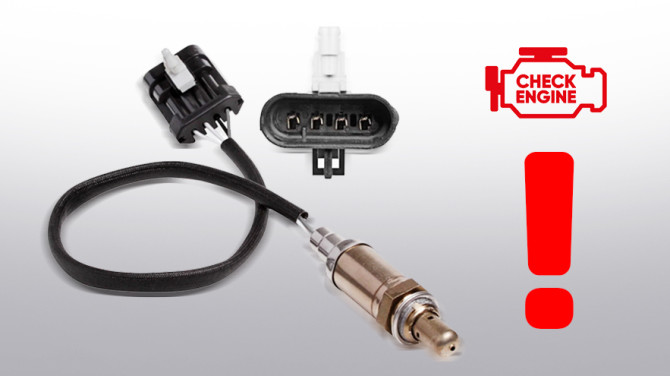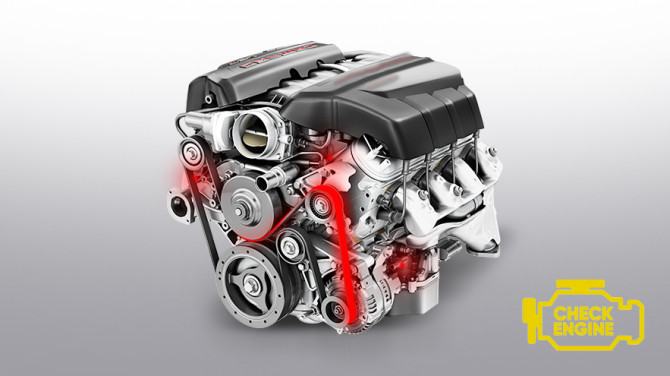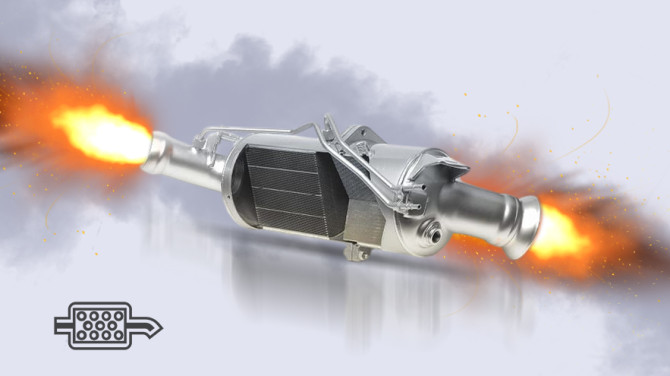Steering wheel shake: the main causes and what to do about it

Steering wheel vibration is a common problem faced by drivers of various types of cars. Such symptoms should not be ignored — steering wheel jerking while driving indicates possible technical malfunctions that can affect driving safety. However, steering wheel vibrations may only occur in one mode — for example, when accelerating or braking, while driving, or when the engine is idling — and be completely absent in another. Let's try to figure out why this phenomenon occurs and how to deal with it.
Why is steering wheel vibration while driving dangerous?
Steering wheel vibration while driving not only reduces driver comfort, but can also be a sign of serious malfunctions in the chassis or steering system. This can lead to loss of control of the vehicle, especially at high speeds or in emergency situations. In addition, such symptoms may indicate uneven tire wear or problems with the braking system, which increases the braking distance and the risk of accidents.
When can steering wheel vibrations occur?
Shaking, jerking, and other unwanted involuntary movements can be noticed in various situations.
Steering wheel vibrations at high speeds
If steering wheel vibrations occur at speeds above 90–100 km/h, consistently at the same speeds, suddenly appear and then suddenly disappear when you accelerate even more, the most common cause is the wheels, or more precisely, their imbalance. Causes:
- poor balancing;
- uneven tire wear;
- incorrect tire pressure;
- damaged rims;
- snow or dirt stuck to the wheels.
Clean all wheel components, visually inspect the tread condition, and contact a tire service center for professional balancing, then check the car again in the same mode.
Vibrations in the steering wheel when braking
When you feel vibrations in the steering wheel when braking, the problem is most likely due to faulty brake discs. Their deformation usually occurs for several reasons:
- critical wear (the disc thickness is less than the minimum specified by the manufacturer);
- uneven wear due to faulty brake mechanisms (calipers, pistons) or the hub or its bearing;
- overheating of the discs (usually followed by rapid cooling in the rain or from puddles), leading to cracks on their surface.
All this can cause the steering wheel to shake during braking, which is primarily felt in the pedal. Although shaking does not usually occur in other modes, this is a dangerous malfunction that affects braking performance. The discs must be replaced immediately – at least two, on the axle where the problem was detected.
Steering wheel vibration during acceleration
Steering wheel vibration during acceleration also indicates wear or failure of the car's running gear, but these are other malfunctions, such as:
- damage to the drive shafts;
- problems with the suspension (external or internal)
- poor wheel mounting;
- worn mounts: engine, transmission, transfer case, or propeller shaft.
All of the above are serious components, the proper functioning of which directly affects not only the correct operation of the car, but also traffic safety. Therefore, the causes of such vibrations must be diagnosed and eliminated as soon as possible.
Steering wheel vibration when parked
In general, the steering wheel can vibrate even when the car is not moving, but is simply standing with the engine running. Steering wheel vibration when idling is most often caused by two main reasons:
- Unstable engine operation. This can be the result of misfires (caused by faulty spark plugs, wires, ignition coils, and other electronic equipment) or problems with the fuel supply (injectors, ramp, fuel pump, filters, etc.).
- Wear on the unit mounts – same as in the previous case. Torn engine or box mounts can cause not only steering wheel jerking while driving, but also shaking when the vehicle is stationary.
In addition, insufficient tightening of fasteners can cause shaking, especially when idling. This can happen after poor-quality or unskilled repairs.
How to solve the problem of steering wheel vibration
Here are a few steps to help diagnose the cause of the problem and eliminate steering wheel shaking:
- Have the wheels balanced. This should be done at a professional tire service center.
- Check the tire pressure and condition, inflate and replace the tire if the tread has little remaining depth or the wheel is “worn” on one side or in the center.
- Inspect the brake discs for wear and deformation. Signs that the discs need to be replaced include cracks or discoloration on the working surface, which are the result of temperature changes.
- Check the condition of the hub bearings. Excessive play, noise during rotation, and oil leakage from the bearing are unacceptable.
- Inspect the steering rack and suspension for play, fluid leaks, corrosion, damage to protective covers and joints.
- Check the CV joints, drive shafts, and cardan shafts. If any parts are faulty, replace them or the cross pieces.
- Check and, if necessary, replace the engine or transmission mounts or transfer case.
Tips from STS experts to avoid excessive vibration
- Balance the wheels every time you change tires for the season.
- Strictly adhere to the manufacturer's recommended tire pressure.
- Do not ignore regular maintenance of the suspension and steering.
- Replace brake discs and pads in a timely manner to avoid deformation.
- Avoid sudden braking (especially in wet weather), hitting potholes and curbs to avoid damaging the suspension and wheels.
- If you notice any suspicious vibrations, contact a service center immediately without waiting for the situation to worsen.
Careful treatment of your car and compliance with operating rules will ensure long and trouble-free use. However, in case of serious problems, such as steering wheel vibration, seek professional help, preferably from us at STS in Warsaw.







